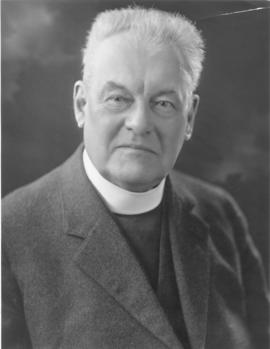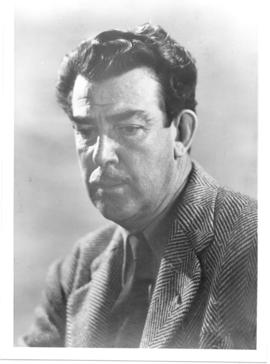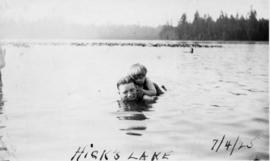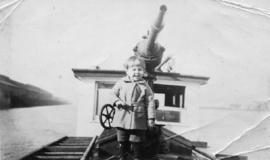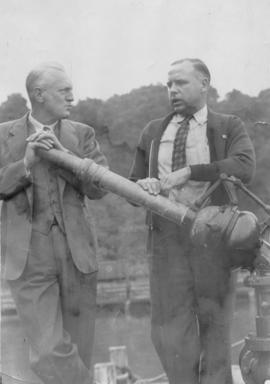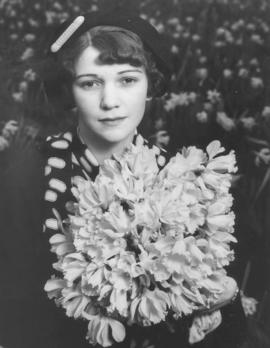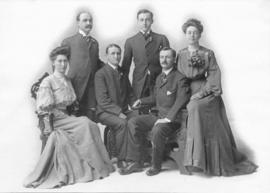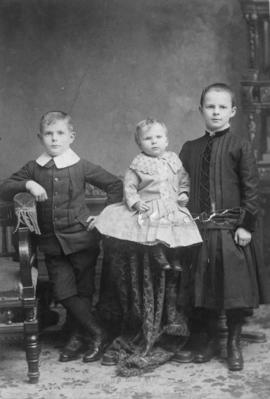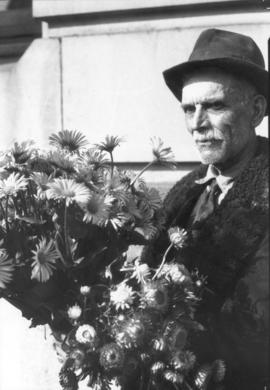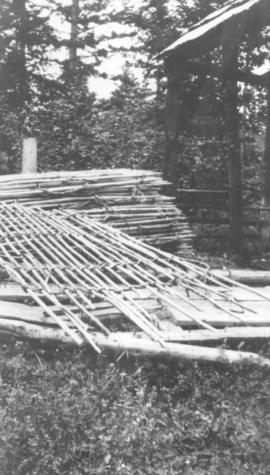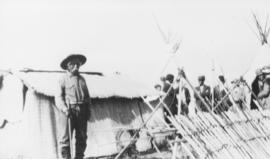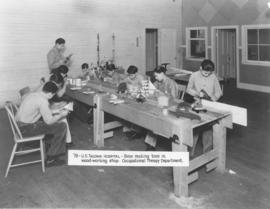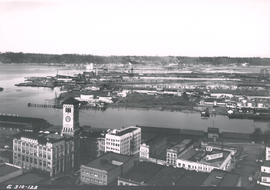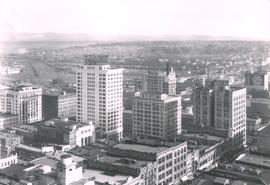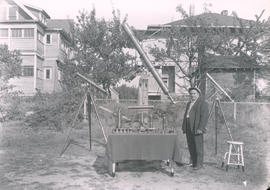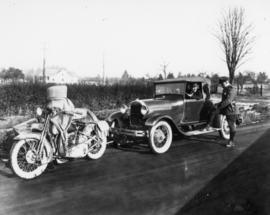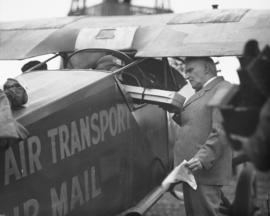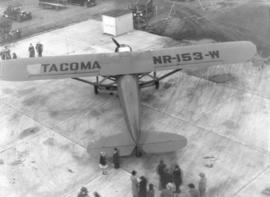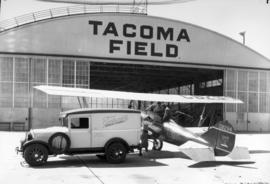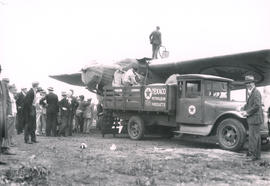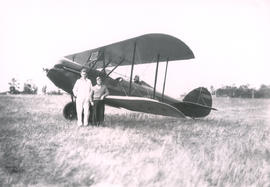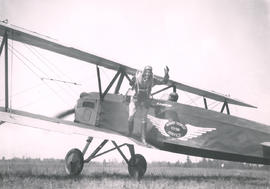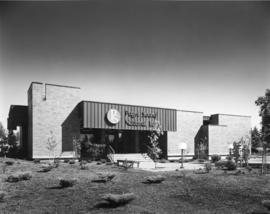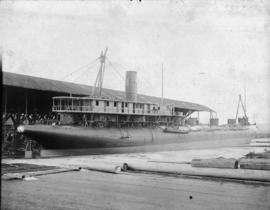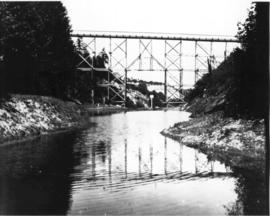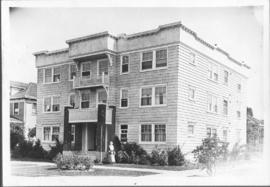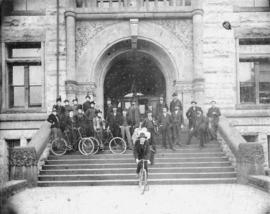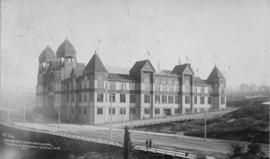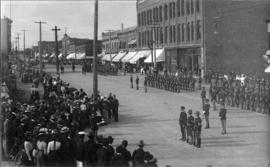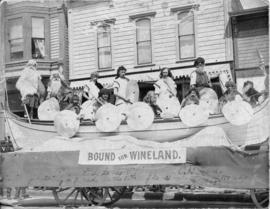- Item
- 1924
Part of General Photograph Collection
ca. 1924. The Rt. Rev. Frederic W. Keator, Bishop of the Episcopal diocese of Olympia from 1902-1924, embracing all the territory of Washington west of the Cascades. Rev. Keator was born October 22, 1855. He was a lawyer in Chicago before he was called to enter the ministry. He served for 22 years in our state, during which time he resided in Tacoma. Aside from his duties as a prelate, he was also active in several civic and social positions. He was president of the Tacoma Public Library Board from 1907-1910 and 1912-1923, as well as serving on the boards of Annie Wright Seminary and Whitman College. He was an honorary chaplin for the Washington State Guard and a dedicated Mason, instrumental in the founding of the Shriners Hospital for Children in Portland. He died January 31, 1924 of heart trouble in a hospital in New Haven, Conn., where he had gone to visit his son. (TNT 2/1/1924, pg. 1)
Keator, Frederic W.; Bishops--Tacoma; Prelates--Tacoma;
